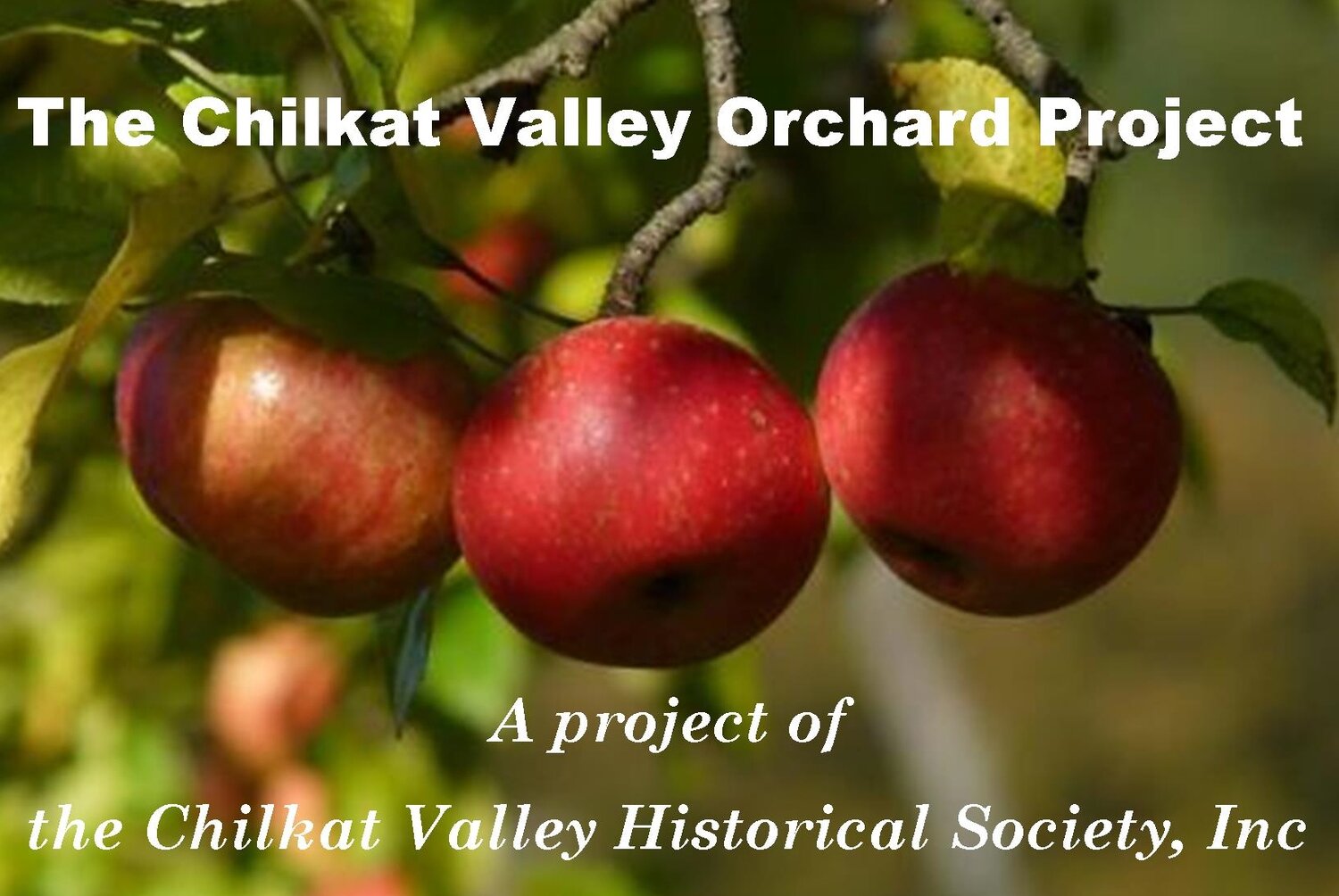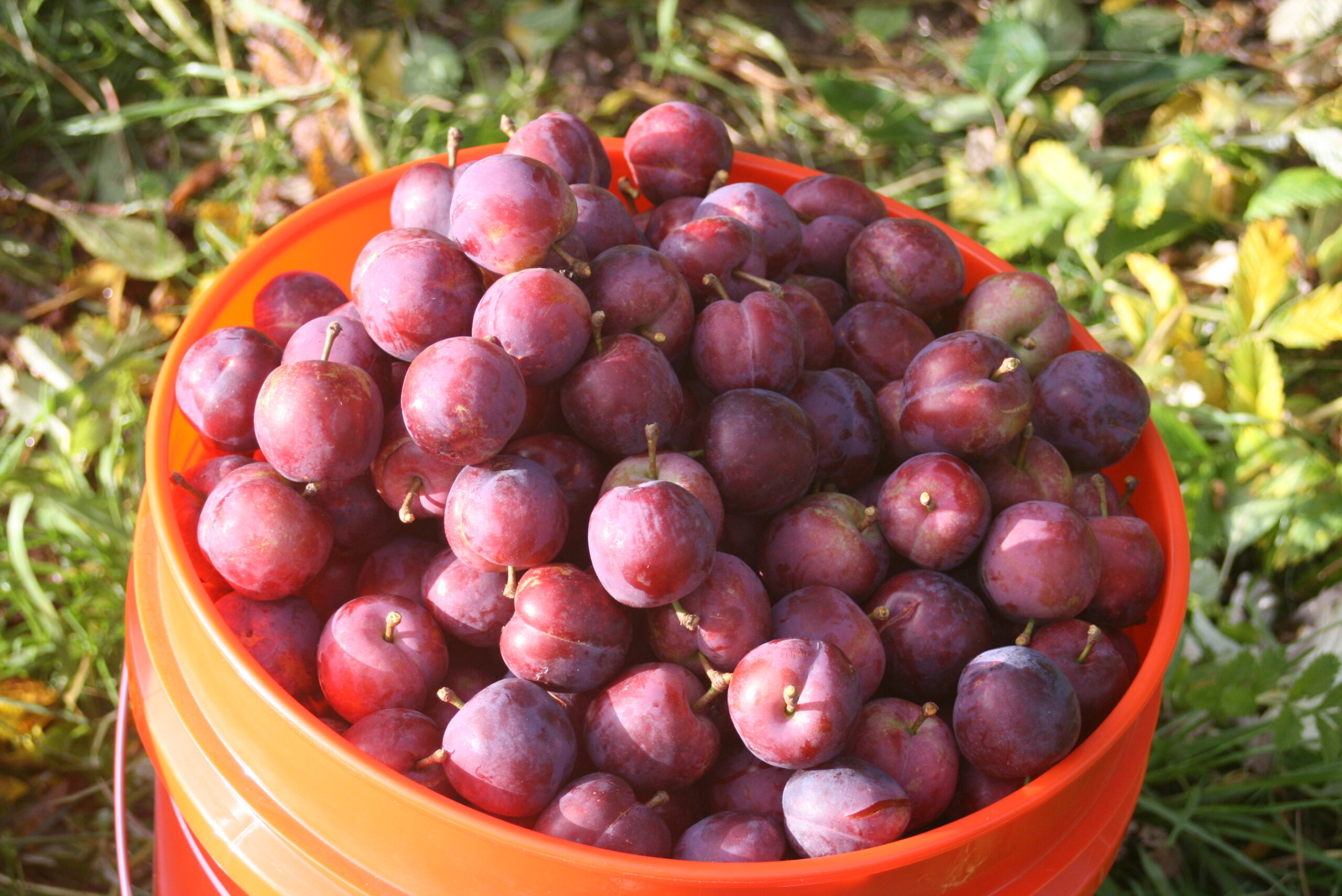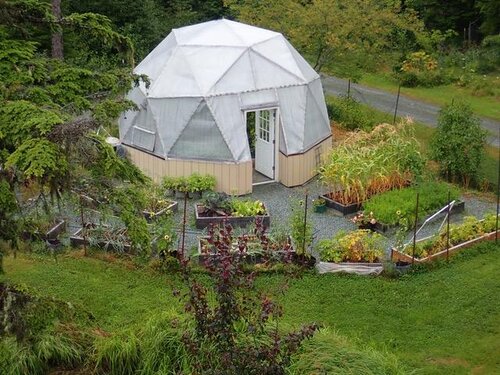About the Chilkat Valley Orchard Project
The Chilkat Valley Orchard Project (Orchard Project) is a program of the Chilkat Valley Historical Society, Inc. funded in 2020 by a two-year USDA specialty crop grant. The project is focused on local food security and developing the region’s future economic contributions from tree-fruit cultivation.
A central component of the Orchard Project is providing no-cost education to community members and supporting those who seek to develop new, well planned fruit tree orchards. If you need help with your orchard project, please reach out — info@cvorchardproject.org.
Available under Resources: A Fruit Grower’s Guide to the Chilkat Valley, and more
All the action is now under the Resources page: Our new fruit grower’s guide, relevant articles, and pre-recorded zoom workshops from 2021.
A Thank You and a Memorial
Thanks to all who where strong contributors to this project: Blythe Carter (Blythe’s Gardens), Rob Bishop (Alaskaapplefarms.com), Ed Buyarksi (Ed’s Edible Landscaping, Juneau), Rob Goldberg, and Michael Phillips. Darren Snyder of the UAF Cooperative Extension Svs. remains our professional support and Bob VanVeldhuizen, UAF Soils Lab (retired) gave crucial input about Chilkat Valley soils.
In early March, 2022 holistic fruit growers the world over lost a great friend. Author/Orchardist/Educator, Michael Phillips died of a heart attack tending his orchard in Groveton, NH.
Michael provided Alaska’s fruit growers with two comprehensive pre-recorded workshops about holistic fruit tree horticulture, and he consulted with our Orchard Project by Zoom, liberally answering a wide range of specific questions in Q & A sessions. Michael was always generous with his time.
There are gobs of useful Michael Phillips clips on YouTube, and his books and full-length DVD are at the Haines Library.
The Orchard Project produced two 90-minute programs hosted by Michael (links): The Five Tenets of the Holistic Orchard and Fungal Duff Management. These are workshops 5 and 6 in the 2021 Chilkat Valley Orchard Series.
A remarkable outpouring of gratitude for Michael’s life-work is now post at https://lostnationorchard.com/memoriam.php
Pre-recorded Workshops and Articles on Growing Fruit Trees
The six 2021, pre-recorded workshops are now hosted on Youtube. Also, a half-dozen locally relevant articles are your, free of charge. Access here: Resources.
Electric Fencing Recommendations
Electric fencing is crucial, once there is ripe fruit on the trees. When trees are young, “fencing for wildlife,” includes excluding very small rodents (voles), that are common in cold climates around the world and LOVE to eat the bark of fruit trees (like moose).
Preventing wildlife damage is covered in detail in A Fruit Grower’s Guide to the Chilkat Valley. Our short article “Winterizing Fruit Trees” covers similar content.
The local list of existential wildlife hazards is short and formidable: Bears, Moose, Voles.
BTW — A properly installed, correctly operated, electric fence easily keeps the bears O.U.T. when fruit is ripe during late summer. Electric fences won’t prevent a moose from accessing fruit trees, and eating your yummy fruiting-spurs and bark, during the winter. That requires a permanent barrier fence!
Below are recommendations from the Tashanuk Watershed Council and the Alaska Department of Fish & Game (ADF&G) for prevent bears from becoming food conditioned to your food production.
Designing Your Electric Fence–main points
- Fence posts extend a minimum of 40-inches above ground-level.
- No less than 4 strands of electrified fence wire.
- Grounding is a common failure-point. For Permanent fence installations grounding rod MUST be ½” Copper (or greater) and penetrate 4-feet into the ground. For large enclosures, multiple grounds are better. For a season E-fence installation, rebar is OK as a grounding rod.
- The electronic gizmo (the Energizer) must produce a MINIMUM of 0.7-Joules (bigger is better), which creates a shocking voltage of 5000V, or higher.
- Larger energizers don’t cost much more, and are required for larger enclosures.
- Each operator/owner should own a Fence Tester so you can test the output voltage the easy way.
- As the sun wanes in late summer, solar-powered fence energizers can lose their charge and power. Similarly, when a battery powered unit is used, the batteries need to be periodically replaced.
- TEST the FENCE!




